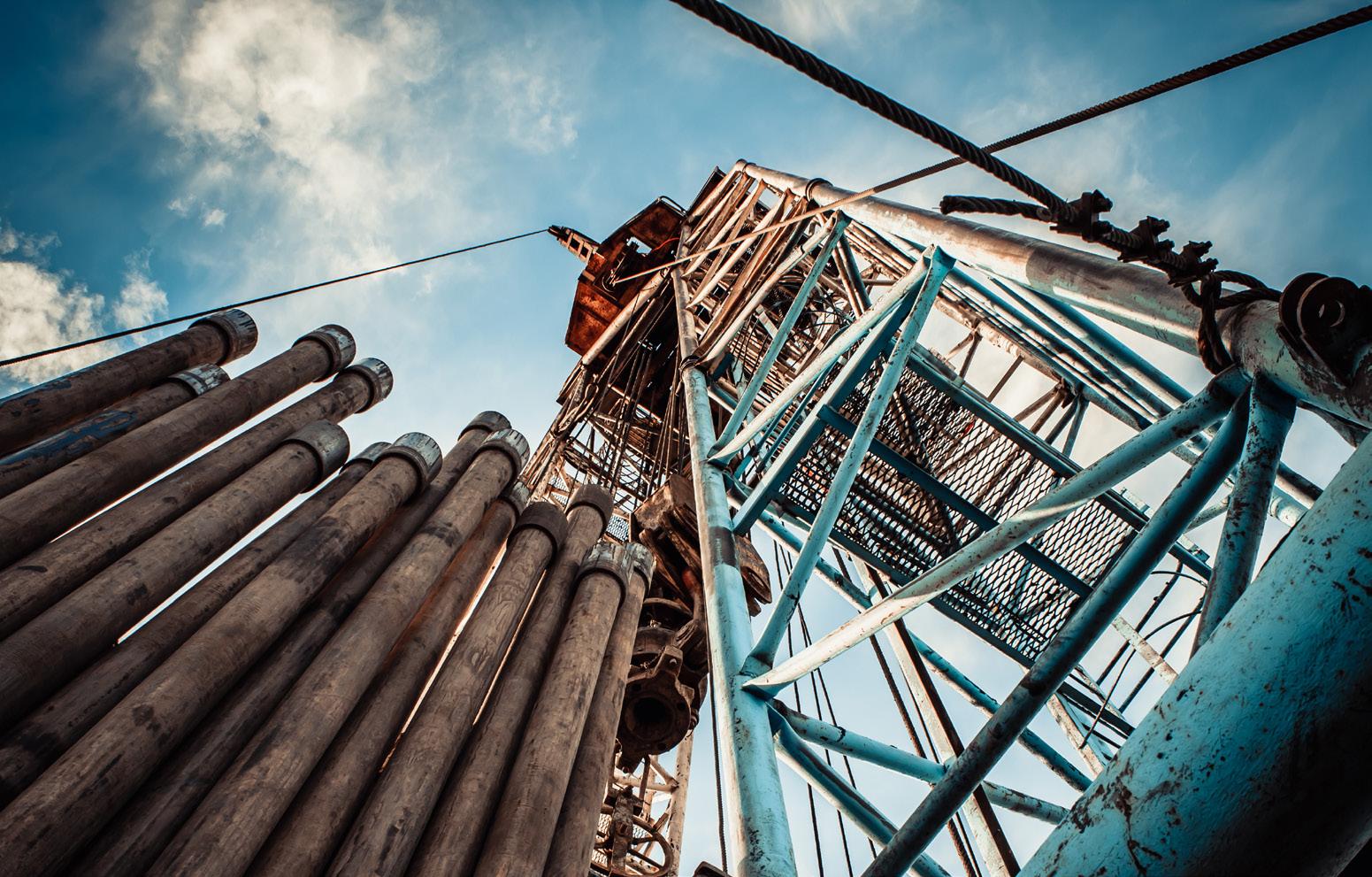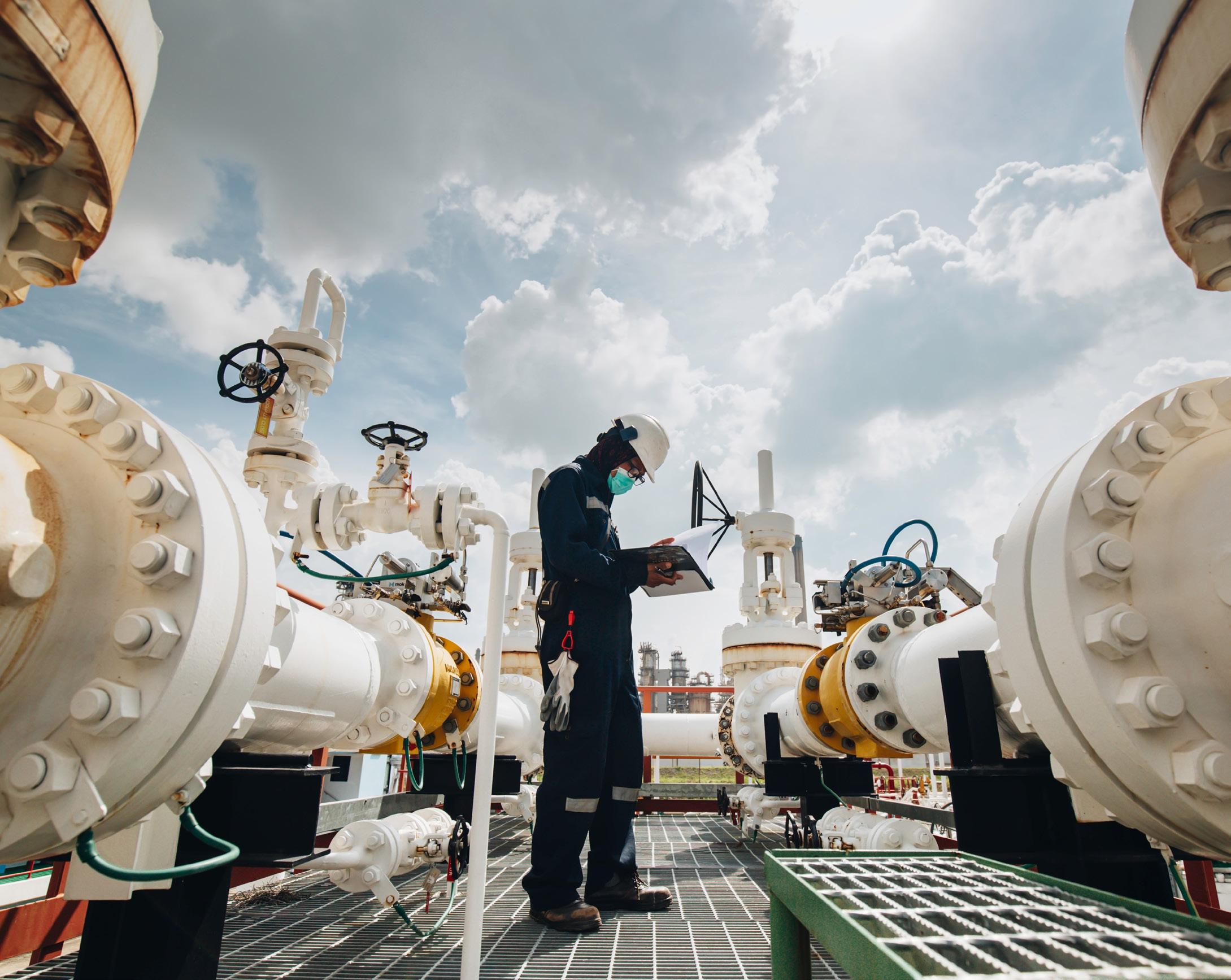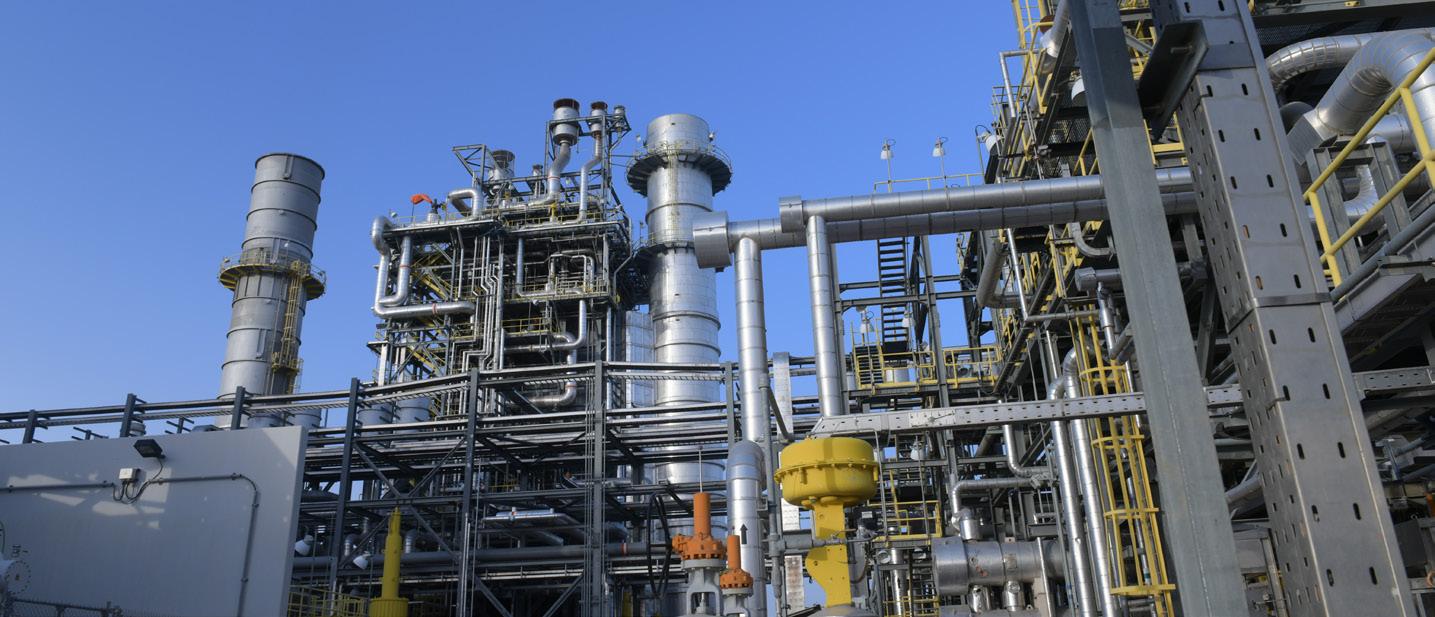
3 minute read
How Predictive AI is Helping Smooth the Energy Sector’s Path to Net Zero
Predictive artificial intelligence (AI) has rapidly emerged as a transformative force in the energy industry, offering actionable insights to optimize asset management and enhance the reliability of energy systems amidst evolving demand patterns and renewable integration, although as Colin Gault, Head of Product at POWWR, explains, challenges in data quality and governance persist
Predictive artificial intelligence (AI), which uses patterns in historical data to forecast future outcomes or classify future events, is on everybody’s lips right now. And for good reason. The technology can be used to provide actionable insights and aids in decisionmaking and strategy formulation.
In the past year or so, we have seen the emergence of many new and exciting applications for predictive AI within the energy industry to better maintain and optimise energy assets. Advances in the technology have been nothing short of rapid. The challenge, though, has been in supplying the ‘right’ data to make them effective.
Today, we not only see the use of predictive AI to inform when an asset is at a higher risk of sustaining damage and in need of preventative maintenance but combined with weather and traffic data so as to support dispatching engineers to a site optimally. This is helping to increase the reliability of the entire energy system.
Continuously changing supply and demand
Whilst further transitions towards net-zero have to be applauded, it does disrupt both the supply side and the demand side of the energy system. Electric vehicles (EVs), residential solar, and electric heating are all continuously changing demand patterns. At the same time, an increase in renewables on the grid is causing fluctuations in supply capacity. After all, a wind farm is not particularly useful without wind, and a solar farm is not especially useful without the sun.
A lot of what is grabbing headlines right now in the media is the use of predictive AI to learn these new patterns and deploy models into use rapidly to support demand flexibility. Yet, matching demand to available supply is the inverse of the traditional energy system.


By being able to better predict when the energy system will experience an imbalance in supply and demand means that the charging of EVs, for example, can be scheduled better to ensure the balancing of the grid. The reward is cheaper electricity for all.
The ability to learn
A big risk to the energy sector is, of course, energy imbalance as this could lead to blackouts. The ability to accurately forecast is imperative to being able to mitigate supply-demand imbalance.
Balancing the energy system has always relied on being able to accurately predict customer behaviour. But this was always at the aggregate level when suppliers could turn up and down energy supply at will. Now, though, there is a greater need for localised predictability as distribution grids become more active with twoway power flows caused by distributed energy resources, and grids are balanced at an increasingly granular level.
Thankfully, with predictive AI, it is now not only possible to learn customer demand patterns at the individual consumer level but even at the appliance level. Although not widely utilised yet, predictive AI is being used more and more to support demand side flexibility, particularly with things like electric heating and EVs – often the largest loads in a house or building. If a building has an energy storage system, that too is more likely to come with optimisation algorithms informed by predictive AI that can learn usage patterns to schedule battery import and export.
A change for the better
According to a recent GlobalData report, predictive AI is already driving measurable improvements in renewable energy forecasting, grid operations and optimisation, the coordination of distributed energy assets, and demand-side management within the energy industry. This has been good to see. Further, the report predicts that predictive AI will play a major role in enhancing asset optimisation and customer segmentation in the years to come.
There is no doubt that it is changing the energy sector for the better, whether it be detecting and repairing faults, better predicting weather patterns, or providing more accurate usage monitoring. It will be interesting to see what the future holds for the technology. Whilst the future is exciting, it is still in the emerging technologies phase and needs to overcome the challenges often seen when scaling up.
To truly become successful, though, there also needs to be new robust governance procedures added to ensure the quality of data used to train the new predictive models are up to scratch. It will be important to confirm the integrity of all training data through detailed logging, auditing trails, verification frameworks, and oversight procedures. And then to continuously evaluate the datasets for emerging issues. In my view, that is where a lot of digitalisation of the energy sector will focus over the coming year. For example, the industry has already started to envision a digital twin of the energy system where predictive AI and open data combine to better plan and operate a much more distributed and flexible energy system.











